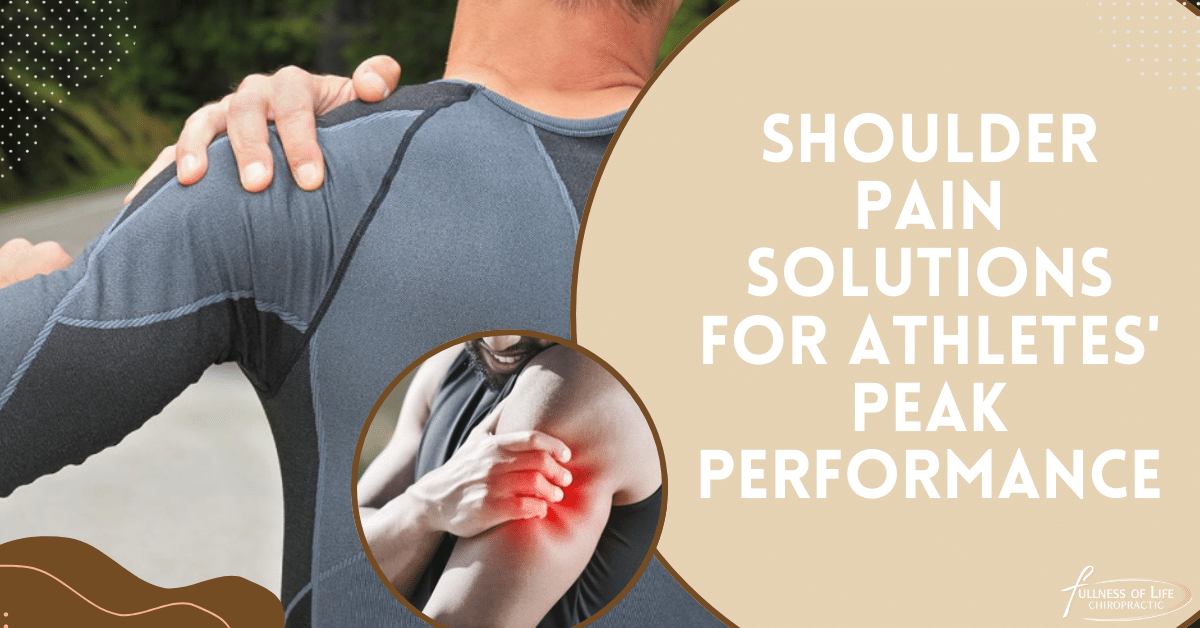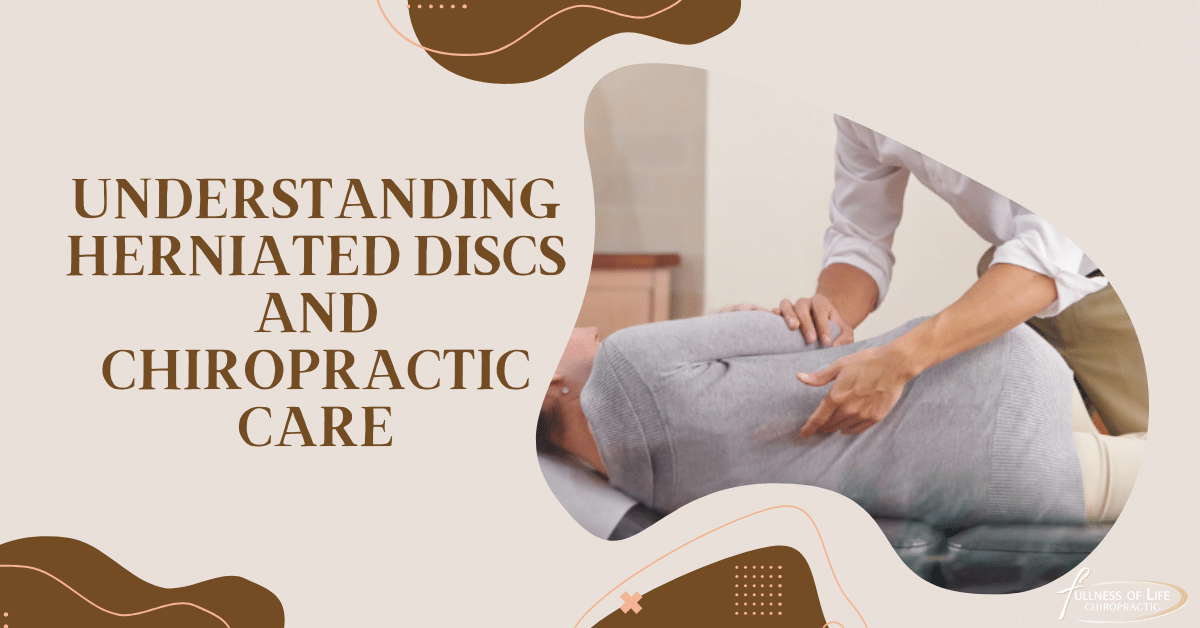Back Pain Causes
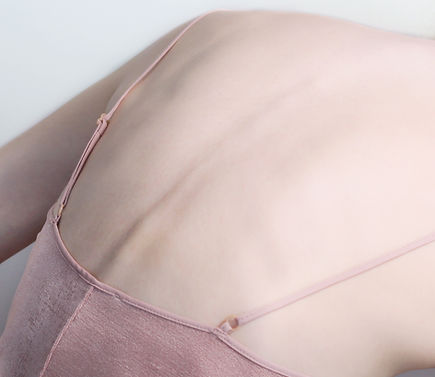
At Fullness of Life Chiropractic, we understand the debilitating effects of back pain and the importance of identifying its causes. Various factors can cause back pain, requiring careful evaluation and personalized treatment.
One common cause of back pain is poor posture, which strains the muscles and ligaments supporting the spine. Other causes include muscle imbalances, herniated discs, spinal stenosis, arthritis, and stress or emotional tension. When generating solutions, it is essential to uncover the underlying source of the problem and an effective treatment plan.
Our team of experienced chiropractors specializes in diagnosing and treating back pain holistically. We consider your medical history and lifestyle factors and conduct thorough examinations to determine the underlying causes of your discomfort.
By addressing these causes through chiropractic adjustments, therapeutic exercises, lifestyle modifications, and other evidence-based techniques, we aim to alleviate your pain and improve your overall well-being.
Don’t let back pain limit your quality of life. Visit us at Fullness of Life Chiropractic for individualized medical attention that is directed toward the underlying cause of your discomfort.
Sprain
Sprains are injuries that affect the ligaments, which are bands of tissue that connect bones strong bands of tissue connecting bones at joints. It occurs when ligaments are stretched or torn due to sudden or excessive force applied to a joint. Commonly affected areas include ankles, wrists, and knees.
Sprain symptoms include pain, swelling, limited joint movement, and sometimes bruising. The degree of a sprain can range from mild to severe, mild to severe, with treatment involving rest, ice, compression, and elevation (RICE), as well as potentially physical therapy for more severe cases.
The Difference Between A Sprain And A Strain
A mild strain and a strain are common musculoskeletal injuries, but they affect different body parts and involve distinct tissues. A sprain occurs when ligaments connect bones at joints and are stretched or torn due to sudden twisting or overextension. This results in pain, swelling, and possible joint instability. On the other hand, a strain affects muscles or tendons, which attach muscles to bones. Songs are typically caused by overexertion, improper lifting, or repetitive movements.
Symptoms include muscle pain, stiffness, and sometimes muscle spasms. While both injuries share symptoms like pain and swelling, understanding the distinction between a sprain (ligaments) and a strain (muscles or tendons) is crucial for proper treatment and rehabilitation, as they involve different healing processes and care strategies.
How Long Does A Back Sprain Take To Heal?
The healing time for a back sprain can differ substantially depending on the extent of the condition injury, individual factors, and the treatment approach. Generally, mild to moderate back sprains can take 1 to 4 weeks to heal properly. This includes rest, avoiding activities that strain the back, using ice and heat therapy, gentle stretching, and over-the-counter pain medications.
The healing process might extend to 6 to 8 weeks or more for more severe sprains. In some cases, if the sprain involves significant tearing of ligaments or other complications, it might take longer to recover fully.
It’s essential to follow medical advice, engage in any prescribed physical therapy, and gradually resume activities as a healthcare professional recommends. Remember that individual healing times can vary, so it’s important to be patient and prioritize your back’s well-being during recovery.
Treatment
The treatment for a back sprain typically involves a combination of self-care measures, pain management, and, in more severe cases, medical intervention. Here’s a comprehensive overview of treatment options:
- Rest and Activity Modification
- Ice and Heat Therapy
- Over-the-Counter Medications
- Physical Therapy:
- Supportive Devices
- Prescription Medications
- Injections
- Surgical Intervention
- Gradual Return to Activities
Remember that the treatment approach should be tailored to the severity of the sprain and individual needs. It’s important to follow medical advice, avoid pushing through pain, and give your body the time it needs to recover fully.
Exercises
Engaging in appropriate exercises can play a crucial role in recovering and rehabilitating a back sprain. However, it’s essential to consult a workout program without first checking in with a medical professional or physiotherapist if the exercises suit your specific condition. Here are some gentle exercises that might be beneficial for a back sprain:
- Pelvic Tilts
- Partial Crunches
- Cat-Cow Stretch
- Seated or Standing Forward Bend
- Knee-to-Chest Stretch
- Bridges
- Leg Raises
- Swimming
Remember, these exercises should be performed with caution and without causing pain. If you experience discomfort, stop immediately. Gradually increase the intensity and duration of activities as your back heals and under the guidance of a healthcare professional.
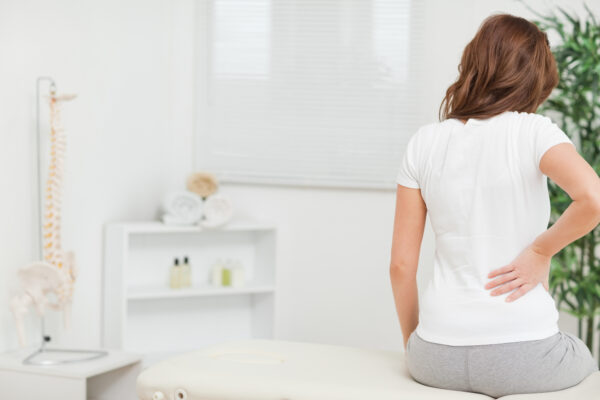
Strain
A strain affects muscles or tendons, which connect muscles to bones. These tissues are strained or ruptured by overexertion, inappropriate lifting, rapid motions, or repetitive activities. Strains cause muscle pain, soreness, stiffness, reduced range of motion, and, in severe cases, spasms or paralysis. Tissue damage classifies songs as mild, moderate, or severe. Pain management, gentle stretching, and physical therapy are used for muscle recovery, rest, ice, compression, and elevation (RICE).
What Does a Back Strain Feel Like?
A back strain causes localized muscle or tendon pain. Your back may feel dull, painful, or tight. Moving the affected area, especially bending or twisting, can hurt. Activities that employ the strained muscle may pull. Some may have muscle spasms or stiffness. The strained location usually has precise discomfort. Avoid aggravating motions and seek rest, pain medication, and mild exercises if you suspect a back strain.
Signs of a Pulled Back Muscle
A pulled-back muscle causes localized pain that worsens with action, notably bending, lifting, or twisting. The discomfort may be acute or gradual. Soreness and muscle stiffness are typical. Limited range of motion and trouble standing upright may also occur. Involuntarily contracted muscles can spasm. In extreme situations, swelling and bruising are more likely. To assess the degree of the injury and therapy, seek medical help if these symptoms worsen.
Recovery Time
The intensity and specific variables of a torn back muscle affect recovery time. Rest, ice, gentle stretching, and over-the-counter pain treatment can heal mild strains in a week or two. More severe strains may take 6 to 8 weeks to recuperate, while moderate pressures may take 4 to 6 weeks. Following medical instructions, avoiding strenuous activity, and gradually reintroducing mobility is essential for rehabilitation. See a doctor to ensure appropriate healing and prevent complications if symptoms develop.
Exercises
Gentle workouts can restore strength and flexibility after a torn back muscle. Start with pelvic tilts and knee-to-chest stretches to relax muscles. Introduce core and back workouts like half crunches and bridges as healing continues. Cat-cow stretches and seated forward bends increase flexibility. Prioritize pain-free movements and prevent discomfort. Before starting any workout routine, see a doctor or physical therapist and follow their advice for safe and effective recovery.
Herniated Disc
A herniated disc develops this is what happens when the disc’s soft inner component pushes through its outer covering. These conditions frequently stem from wear and strain or unexpected accidents. A herniated disc can push on adjacent nerves, causing pain, numbness, or weakness. Lumbar and cervical herniated discs can cause pain and impede everyday activities. Conservative treatments include rest, physical therapy, pain control, or surgery in extreme situations.
Treatment
The degree of symptoms determines herniated disc treatment. Conservative options include rest, over-the-counter painkillers, and physical therapy to strengthen muscles and improve flexibility. Ice and heat therapy also helps. For chronic pain, epidural steroid injections may be advised. If symptoms are severe or don’t respond to conservative approaches, discectomy or microdiscectomy may remove the herniated region. A doctor will choose the best treatment pain relief, functional recovery, and enhanced quality of life are the goals.
Symptoms
Herniated disc symptoms might shift from person to person its location and the nerves it affects. Common signs include localized or radiating pain, often described as sharp or shooting, along the path of the affected nerve. Numbness, tingling, or weakness might occur in the areas served by the affected nerve. A herniated disc in the low back can lead to sciatica, causing pain down the leg. In the neck, symptoms can extend to the arm and hand.
Activities like coughing, sneezing, or bending may worsen the pain. If you experience these symptoms,for proper diagnosis and management, it is essential to speak with a medical expert.
Signs of a Herniated Disc
Signs of a herniated disc include acute, localized spine pain. This sensation might cause shooting pain, numbness, tingling, or weakening along the compressed nerve. In the nerve-controlled muscles, weakening may emerge. Coughing, sneezing, and bending can hurt. Sciatica or radiating neck discomfort may accompany the herniated disc, depending on its position. Diagnosis and treatment require medical consultation.
Related Conditions
- Degenerative Disc – Degenerative disc disease is when spinal discs gradually break down and lose their cushioning ability due to aging, wear, and tear. Causes discomfort, stiffness, and decreased mobility flexibility in the spine. It’s a common cause of back or neck discomfort, especially in older adults.
- Thinning Disc: A thinning disc refers to the gradual reduction in the height and integrity of a spinal disc due to age-related degeneration. This can lead to decreased cushioning between vertebrae and potential compression of nerves, causing pain and limited mobility.
- Bulging Disc: The condition known as a bulging disc can be caused by a number of different factors.the outer layer of the spinal disc weakens and protrudes, causing it to extend beyond its normal boundaries. This may lead to nerve compression, resulting in pain, numbness, or weakness in the surrounding areas.
- Slipped Disc: “slipped disc” is often used colloquially to describe a herniated disc. However, discs cannot actually “slip.” A herniated disc is when the inner portion of the disc pokes out from beneath a hole in the covering, potentially compressing nerves and causing symptoms like pain and numbness.
Slipped Vertebrae
The term “slipped vertebrae” is commonly used to describe spondylolisthesis. It occurs when one vertebra shifts forward or backward relative to the adjacent vertebra due to a fracture or a defect in the bony structures that stabilize the spine. This displacement can compress nerves, leading to pain, numbness, and muscle weakness.
Spondylolisthesis is often categorized by grades indicating the degree of slippage. Treatment options include rest, physical therapy, bracing, pain management, and in severe cases, surgery to realign the affected vertebrae and relieve pressure on the nerves.
Treatment
A slipping vertebra is treated according to severity. Rest, physical treatment to strengthen supporting muscles, and pain management are conservative methods. Customized bracing may stabilize. Epidural steroid injections can help if symptoms intensify. Severe cases producing discomfort or nerve compression may require surgery.
Decompression, spinal fusion, or corrective surgery can straighten the slipping vertebrae to relieve nerve pressure. A doctor will offer the best treatment based on the patient’s condition and the slippage’s impact.
Exercises
Carefully planned workouts can improve strength, stability, and flexibility for slipping vertebrae. Pelvic tilts, modest cat-cow stretches, and modified planks are core workouts that target the stomach and back muscles. Modify back exercises like the child’s pose and hamstring stretches to maintain flexibility.
Before exercising, consult a doctor or physical therapist. Inappropriate workouts can worsen symptoms. A professionally guided exercise plan can assist spondylolisthesis patients in managing pain, improving spinal support, and improving overall well-being.
Symptoms
Symptoms of a slipped vertebra, or spondylolisthesis, vary based on severity. Mild cases cause minimal discomfort or no symptoms. On the other hand, moderate to severe instances have the potential to lead to localized or radiating pain in the back or buttocks, numbness, tingling, and muscle weakness in the legs. Pain can worsen with activity or bending and improve with rest.
In severe cases, nerve compression might result in bladder or bowel dysfunction. If the discomfort lasts for an extended period of time, you should speak with a medical practitioner about numbness, or weakness, as proper diagnosis therapy can assist in the management of symptoms as well as the prevention of consequences.
Spinal Stenosis
Spinal stenosis is characterized by spinal canal narrowing, which houses the spinal cord and nerves. This narrowing can compress and impede the function of these vital structures. Commonly caused by age-related changes like degenerative disc disease and osteoarthritis, spinal stenosis often leads to symptoms including back pain, numbness, tingling, and weakness in the leg muscles or arms.
Pain can worsen with walking or prolonged standing and may improve with sitting or bending forward. Treatment options include pain management, physical therapy, exercise, and surgical intervention to alleviate pressure on nerves in severe cases.
Stages
Spinal stenosis progresses through different stages based on the severity of narrowing in the spinal canal:
- Early Stage: Minimal symptoms. Narrowing begins, but there’s no significant pressure on nerves.
- Moderate Stage: Mild to moderate symptoms. Nerves experience increased pressure, causing pain, numbness, or weakness during activities.
- Severe Stage: Pronounced symptoms. Nerves are significantly compressed, leading to intense pain, difficulty walking, and muscle weakness. Symptoms may occur even at rest.
- Advanced Stage: Chronic symptoms. Nerves are severely compressed, causing persistent pain, weakness, and potential bladder or bowel control loss.
A correct diagnosis and timely treatment are both extremely important factors in managing symptoms and preventing progression to more severe stages.
Causes
Spinal stenosis is primarily caused by the gradual wear and tear associated with aging, leading to changes in the spine’s structure. Common causes include degenerative disc disease, where spinal discs lose height and cushioning, and osteoarthritis, which results in the development of bone spurs.
Other factors like herniated discs, thickened ligaments, and abnormal spinal curvature can contribute to narrowing the spinal canal. These conditions collectively reduce the space available for the spinal cord and nerves, resulting in compression and spinal stenosis symptoms.
Recovery Time
The recovery time for spinal stenosis varies based on the nature of the problem, the treatment that is selected, and individual factors. Mild cases managed with conservative approaches like pain management, exercise, and physical therapy might see improvement within a few weeks to a few months. Moderate cases could take several months to a year for noticeable relief.
Severe cases, especially those requiring surgical intervention, might have a longer recovery period ranging from several months to a year. Continuous management, lifestyle modifications, and follow-up care are essential to relieve symptoms and prevent recurrence.
Exercises
Exercises for spinal stenosis focus on improving flexibility, stability, and pain management. Gentle activities such as walking, swimming, and cycling can help maintain mobility and alleviate discomfort. Specific exercises include pelvic tilts, cat-cow stretches, and modified yoga poses like the child’s pose. Core strengthening exercises, like gentle planks and bridges, can provide better spinal support.
Additionally, hamstring stretches and leg lifts can help relieve pressure on the lower back. However, consultation with a healthcare professional or physical therapist is crucial before starting any exercise routine to ensure it’s appropriate for the individual’s condition and needs.
Symptoms
Symptoms of spinal stenosis typically manifest gradually and vary based on the location of the narrowing. In cervical spinal stenosis, symptoms can include neck pain, radiating pain along the arms, symptoms including numbness, tingling, and weakening in the muscles of the arms and hands. Pain will typically get worse when standing or walking, but it will typically get better when sitting or leaning forward.
If you observe any of these symptoms, you should make an appointment with a healthcare provider as soon as possible. Prompt diagnosis and treatment can help prevent consequences.
Get in Touch with Us!
At Fullness of Life Chiropractic, we understand everyone’s health journey is different. That’s why we look at the whole picture in order to develop a treatment strategy that is specific to your requirements and goals. Whether you’re looking for spinal stenosis relief or want to feel healthier overall, our team of experienced chiropractors is here to help you every step of the way.
Contact our office today and start feeling better with Fullness of Life Chiropractic!
